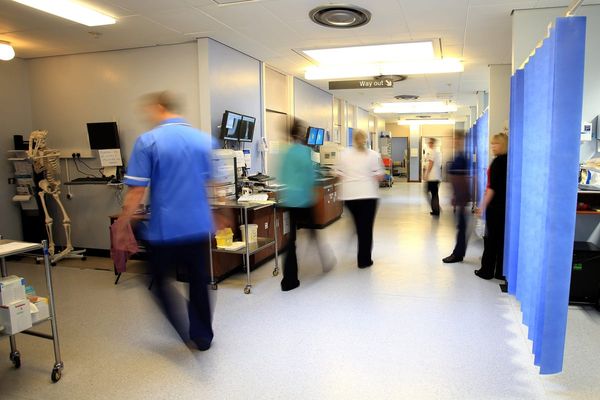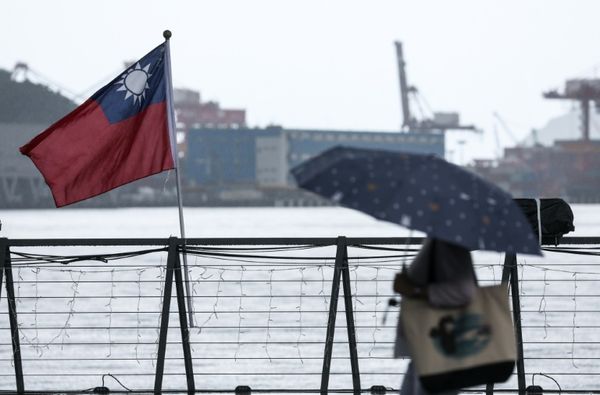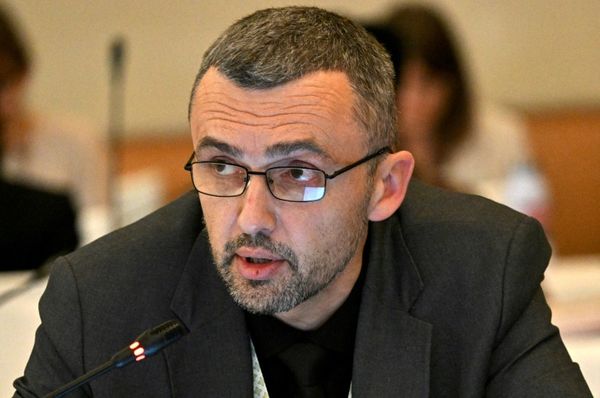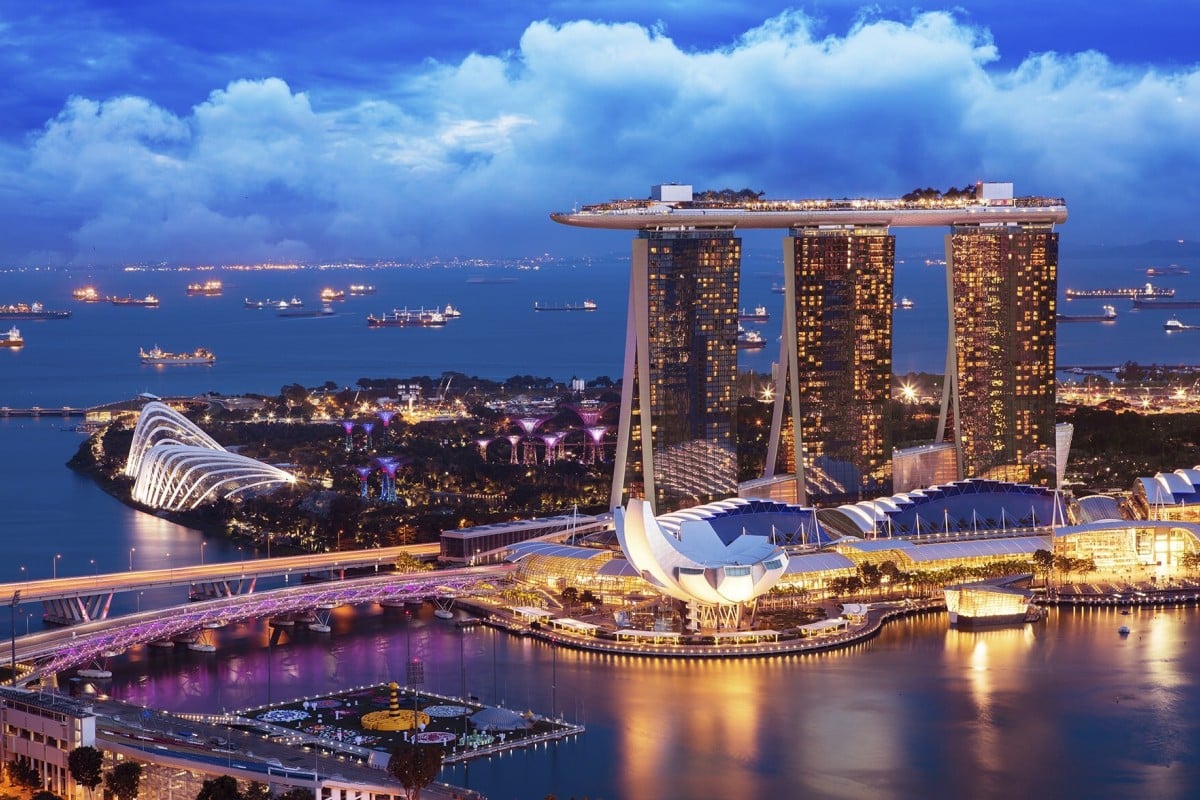
The casual observer impressed by Singapore’s modern architecture is very likely unaware of the influence upon it of feng shui, or the ancient Chinese art of geomancy.
Feng shui, literally meaning wind and water, is a foundation of Chinese metaphysics that examines and aligns invisible forces believed to connect the universe. It affects the design of buildings, the materials used in their construction, and the practice of building them to face in a particular direction – thought to harness the Earth’s natural energies in ways that ensure optimum health, living and fortune.
Lawrence Chan, a self-taught feng shui master based in Singapore, concedes that success depends on hard work, good leadership and common sense, but also points to the favourable aspect of the water element in the country’s location.
“If you notice, most prosperous major cities in the world are surrounded by water – countries or capital cities surrounded by water enjoy wealth enhancement,” Chan says.
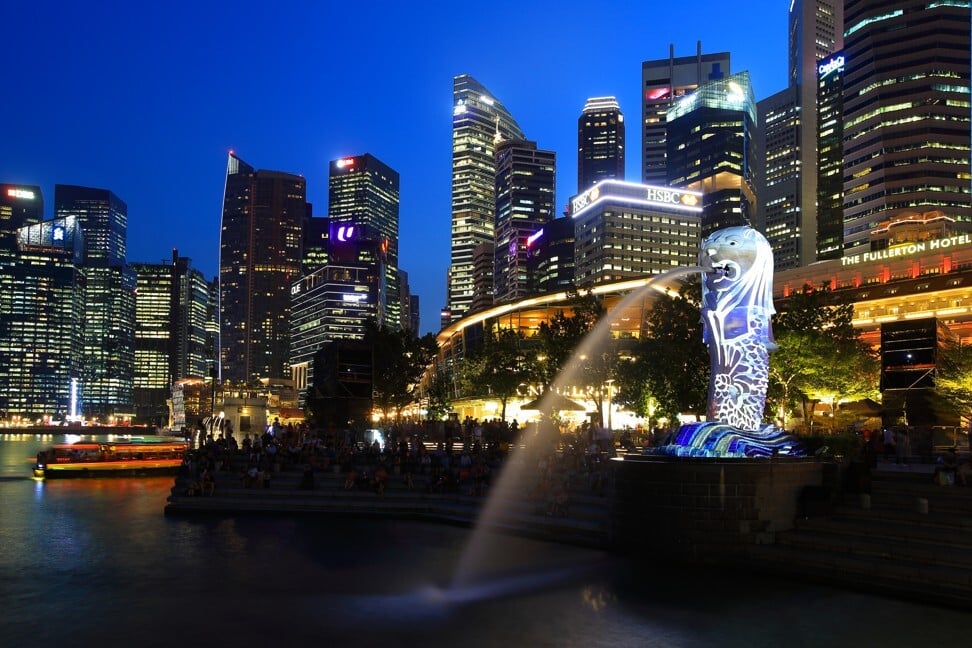
That includes Hong Kong, often touted as an economic rival to Singapore and geographically similar. Also, consider New York and London, and the fact that Shanghai, on the estuary where the Huangpu and Yangtze rivers meet, is China’s financial capital, not Beijing.
Simon Wong created a tour for visitors to Singapore which explores how feng shui influenced the cityscape, for which he consulted several feng shui masters and did extensive research. Capella Hotel Singapore hopes to resume offering the Singapore Sidecars tour “Qi and the City” once the coronavirus epidemic subsides.
The tour, designed by Wong, begins at the Arts House in an area beside the Singapore River that was the city’s cradle of commerce and progress in the colonial era.
The route takes tour participants past Singapore’s architectural highlights, and there are history lessons on land reclamation, the importance of feng shui elements and principles, and Singapore’s excellent location.
“The towering Marina Bay Sands that has become the hallmark of the Singapore skyline was built as a ‘mountain’ support,” Wong says, referring to the integrated resort’s sturdy structure, metaphorically symbolic of a mountain that can weather any adversity.
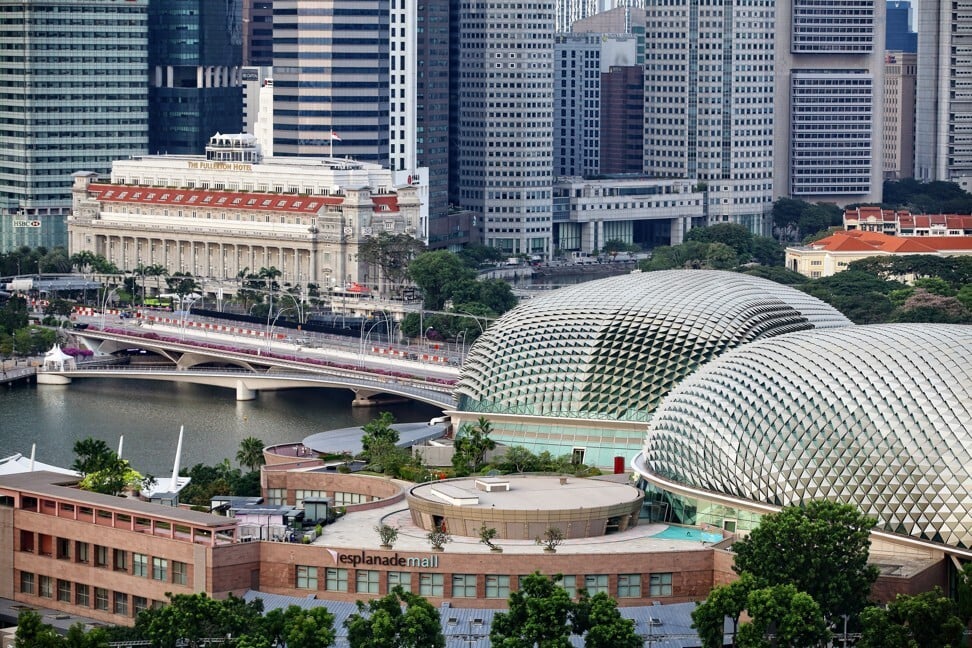
“The three towers of the resort face the country’s financial district, and its reflective exteriors create reflections to always give the impression of a moving body of water, where there is a constant flow of chi or energy,” Wong adds.
The Marina Bay Sands complex includes the ArtScience Museum, which resembles a lotus blossom – a symbol of peace, harmony and good fortune, according to Chan.
“As a symbol of purity and enlightenment in Buddhism and Hinduism, in feng shui we call it ‘yi xiang’ – the lotus flower emerges from muddy waters into a beautiful flower,” he says.
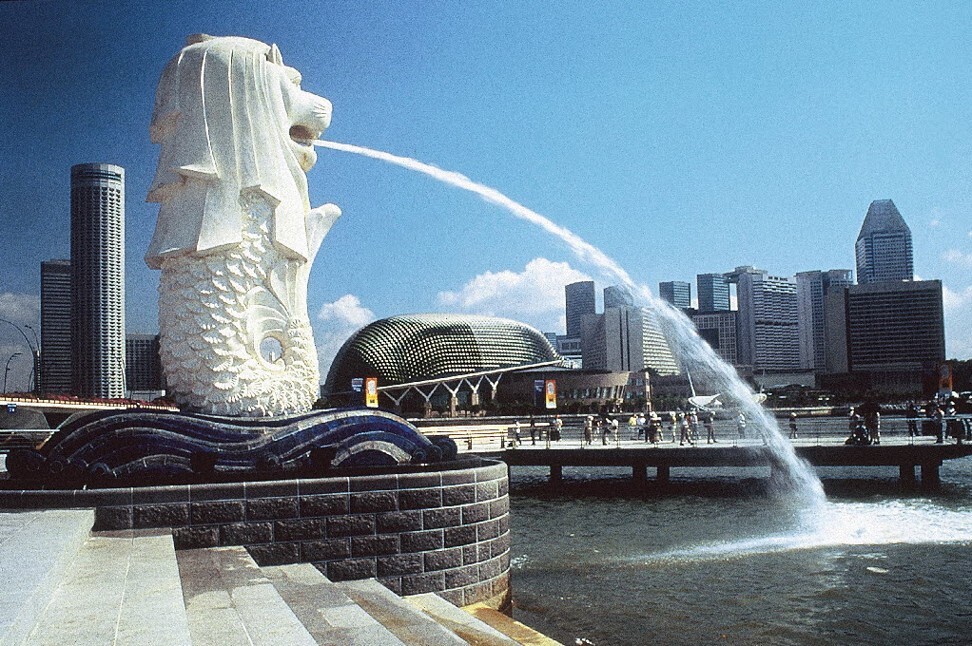
Wong explains that Singapore’s famous Merlion monument stood next to the Fullerton Hotel until the land in front of it was reclaimed and the mouth of the river effectively shifted outwards. The Merlion was then moved so it remained by the waterfront.
Meanwhile, the Esplanade performing arts centre, with its double dome design, sits roughly at the “dragon’s head” – the mouth of the river – the domes resembling a pair of golden pearls in the mythical creature’s mouth, which Wong says is highly auspicious.
Chinese dragons are often depicted with a pearl under their chin or in their claws, and the pearl is associated with spiritual energy, wisdom, prosperity, power and immortality.
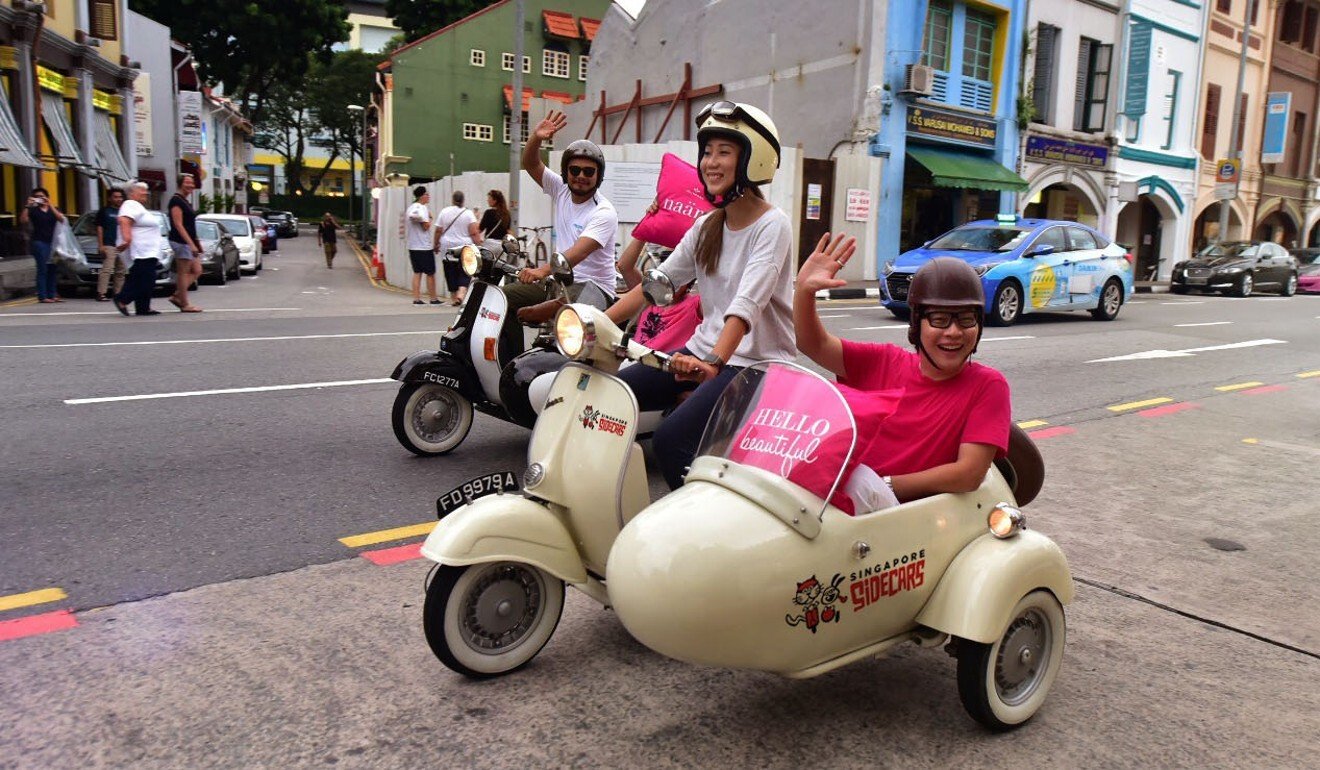
The principles of feng shui adopted in Singapore’s urban planning have probably enhanced energy flow in the city, says Wong, who is also a tai chi master and strongly believes in chi energy.
Chan offers another take on the structure. “The Esplanade is a dome-shaped building with the ‘metal element’ used in its building materials. This metal element symbolism in geomancy signifies integrity and leadership.”
Across from The Esplanade is the Fullerton Hotel, housed in the former General Post Office Building. Erected early in the 20th century, it was renovated and converted into the 400-room hotel in the late 1990s, and retains its neoclassical facade.
As a symbol of purity and enlightenment in Buddhism and Hinduism, in feng shui we call it ‘yi xiang’ – the lotus flower emerges from muddy waters into a beautiful flower - Lawrence Chan, feng shui master
“The six flag poles in front of the hotel symbolise leadership, and typically flag poles in feng shui are used to mitigate any negative energy coming in,” Chan says.
Singapore is known as a “garden city” with an abundance of tropical greenery. This appears to have been a practical consideration – the trees provide shade in a place where it feels like summer all year round – but Wong says feng shui principles were the driving force behind it.
From the air Singapore resembles a crab. Rapid urbanisation made the island look grey and listless from above, so the green initiative was embraced to spruce up the city, and to bring more positive chi to the island, he explains.
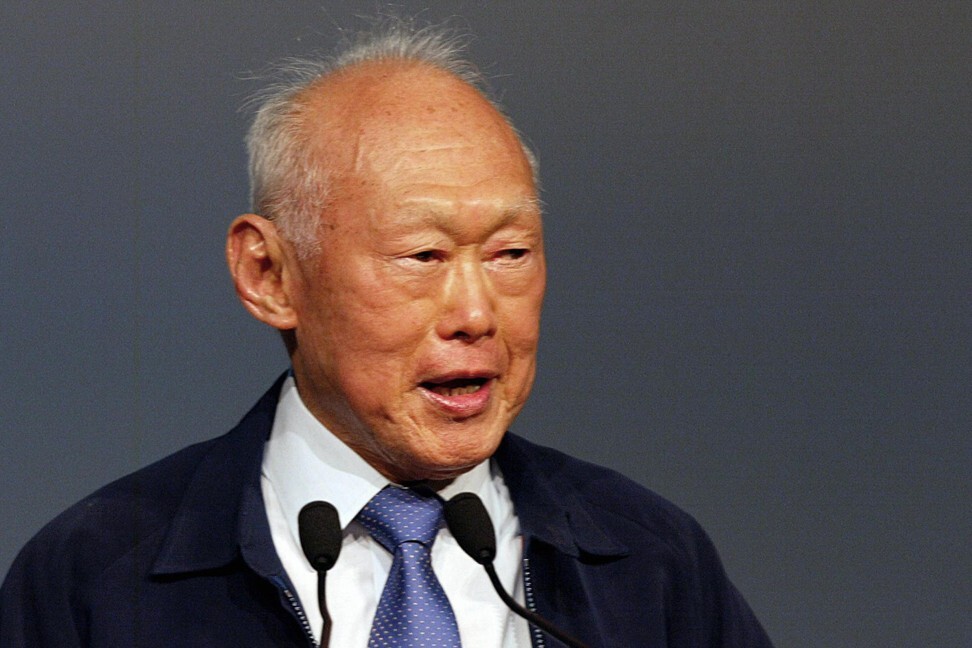
Feng shui also plays a role underground and out of sight. Wong says Singapore’s first prime minister, the late Lee Kuan Yew, was advised by feng shui masters not to order the extensive tunnelling required to build the Mass Rapid Transit (MRT) railway system.
“To counter any negative effects, he was told to introduce to every household the Chinese bagua symbol, or eight trigrams with eight geomancy symbols,” Wong says. Apart from being used as a geomancy reading tool, the bagua is a symbol of harmony, perfect balance, and “yin” and “yang” – or male and female – energy.
“This was an impossible task in the multi-religious nation. Singapore came up with an ingenious way to counter these energies with the introduction of an octagonal Singapore one-dollar coin to keep bagua symbols in circulation throughout the country in every household.”
